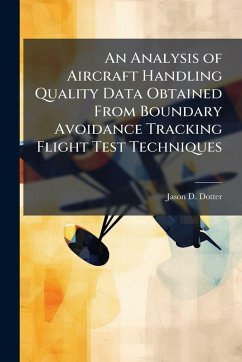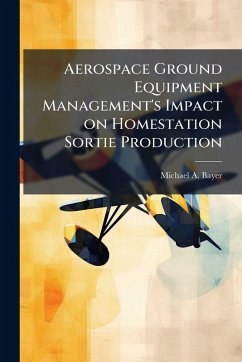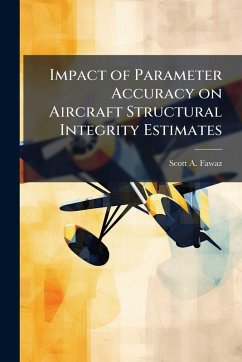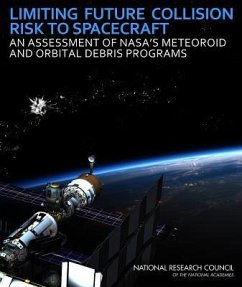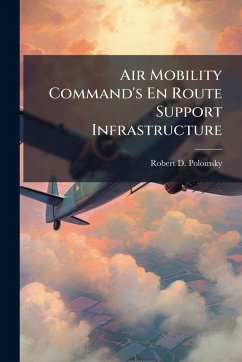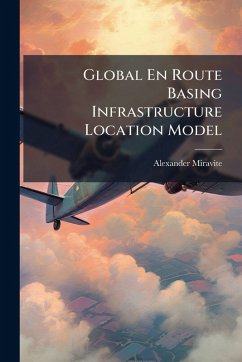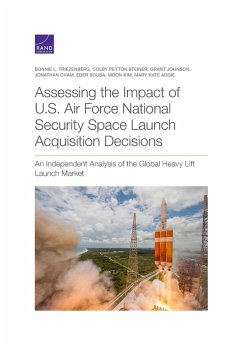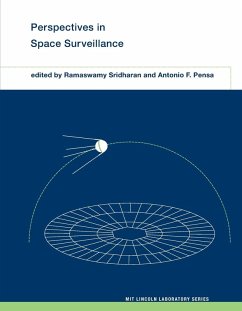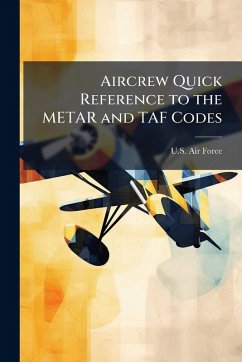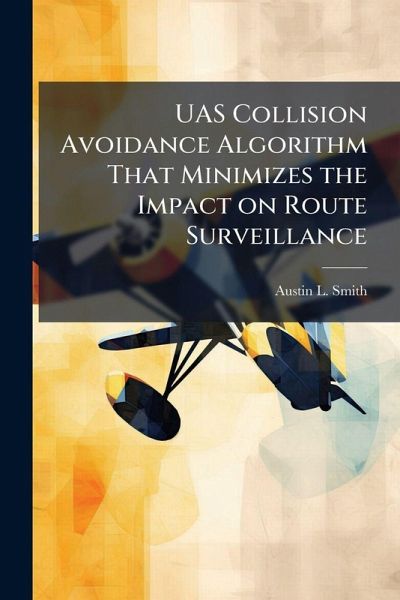
UAS Collision Avoidance Algorithm That Minimizes the Impact on Route Surveillance

PAYBACK Punkte
10 °P sammeln!
A collision avoidance algorithm is developed and implemented that is applicable to different types of unmanned aerial systems ranging from a single platform with the ability to perform all collision avoidance functions independently to multiple vehicles performing functions as a cooperative group with collision avoidance commands computed at a ground station. The algorithm draws on the unique benefits of several theoretical approaches to conflict detection and resolution and combines them into one algorithm while addressing the limitations of those individual methods. This work has been select...
A collision avoidance algorithm is developed and implemented that is applicable to different types of unmanned aerial systems ranging from a single platform with the ability to perform all collision avoidance functions independently to multiple vehicles performing functions as a cooperative group with collision avoidance commands computed at a ground station. The algorithm draws on the unique benefits of several theoretical approaches to conflict detection and resolution and combines them into one algorithm while addressing the limitations of those individual methods. This work has been selected by scholars as being culturally important, and is part of the knowledge base of civilization as we know it. This work was reproduced from the original artifact, and remains as true to the original work as possible. Therefore, you will see the original copyright references, library stamps (as most of these works have been housed in our most important libraries around the world), and other notations in the work. This work is in the public domain in the United States of America, and possibly other nations. Within the United States, you may freely copy and distribute this work, as no entity (individual or corporate) has a copyright on the body of the work. As a reproduction of a historical artifact, this work may contain missing or blurred pages, poor pictures, errant marks, etc. Scholars believe, and we concur, that this work is important enough to be preserved, reproduced, and made generally available to the public. We appreciate your support of the preservation process, and thank you for being an important part of keeping this knowledge alive and relevant.



